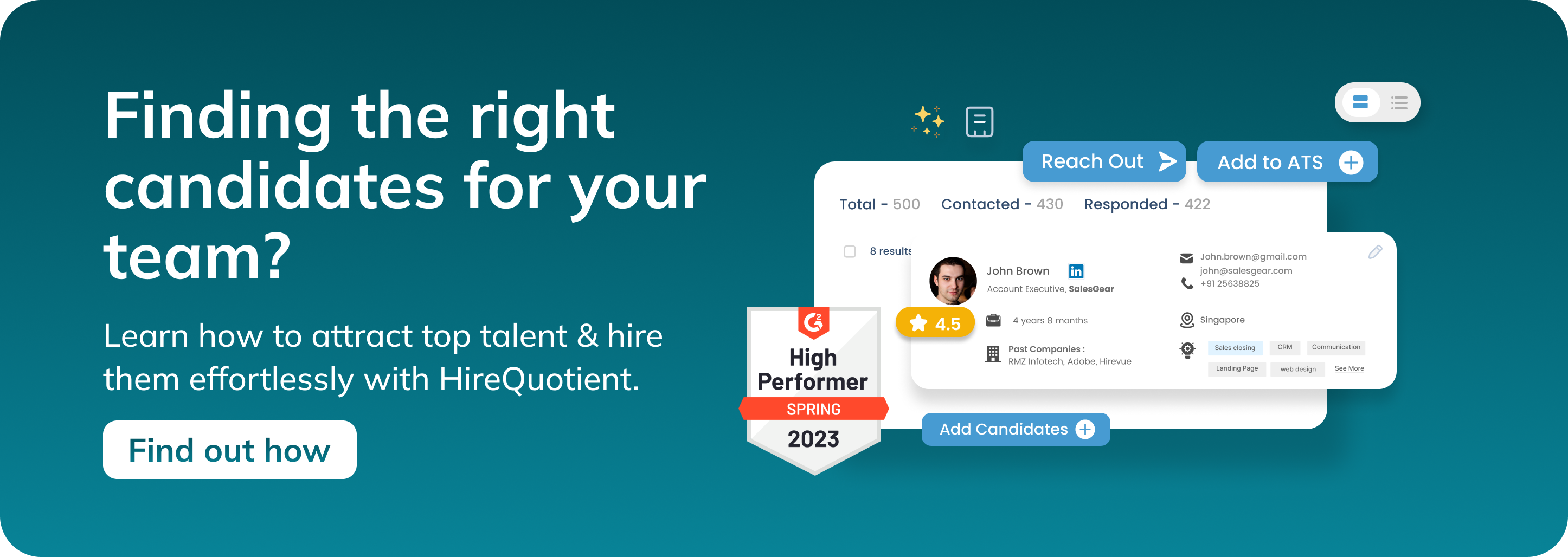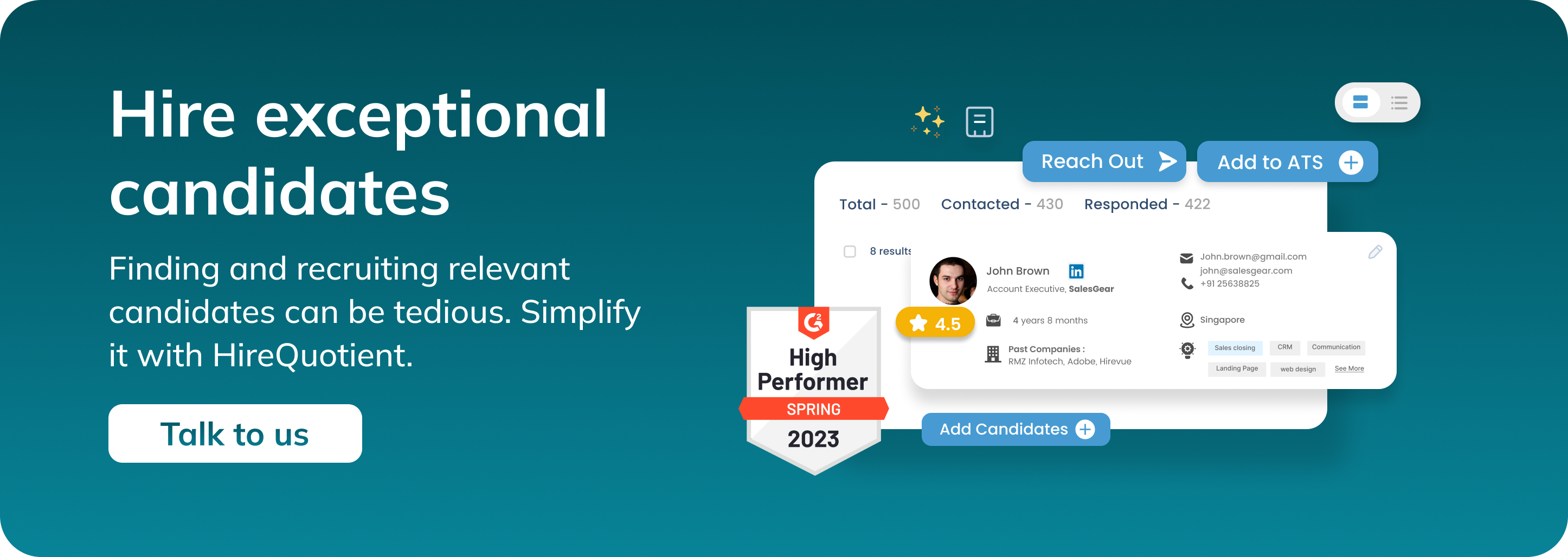HR Budget: Strategies and Real Examples
Published on September 1st, 2023
Budgeting is an essential aspect of managing any organization's resources effectively. For human resources (HR) departments, having a well-thought-out HR budget is crucial for optimizing talent management, ensuring compliance, and aligning HR strategies with the organization's overall goals. In this comprehensive guide, we'll delve into the world of HR budgeting, explore its key components, strategies for effective budgeting, and provide real-world examples to illustrate the concepts discussed.
What is HR Budget?
HR budget is the process of estimating and allocating financial resources for all HR-related activities within an organization. It serves as a strategic tool that helps HR professionals plan and manage their initiatives, ensuring that they align with the organization's broader objectives.
Understanding HR Budget Basics
Before diving into the intricacies of HR budgeting, it's essential to grasp the fundamental concepts.
A. Defining HR Budget
HR budget is essentially the process of creating a financial plan for all HR-related expenses. This includes everything from salaries and benefits to recruitment costs and employee development programs.
B. HR Budgeting Process Overview
The HR budgeting process typically involves the following steps:
- Collecting Historical Data: Reviewing past HR expenses and trends to make informed budgeting decisions.
- Setting Objectives: Defining HR goals and initiatives for the upcoming fiscal period.
- Estimating Costs: Calculating the anticipated expenses for various HR activities, such as personnel, recruitment, training, and compliance.
- Allocating Resources: Distributing the budget across different HR functions according to their priority and relevance to the organization's strategic goals.
- Monitoring and Adjusting: Continuously tracking actual expenses, comparing them to the budget, and making necessary adjustments to stay on course.
C. Role of HR in Budgeting
HR plays a pivotal role in budgeting as it directly impacts an organization's most valuable asset—its people. HR professionals are responsible for estimating the costs associated with hiring, developing, and retaining talent, as well as ensuring compliance with labor laws and regulations.
Components of an HR Budget
Let's explore the key components of an HR budget in more detail:
A. Personnel Costs
- Salaries and Wages: The largest portion of the HR budget is typically allocated to employee salaries and wages. This includes both regular salaries and any overtime or additional pay.
- Benefits: HR budgets must also cover employee benefits, such as healthcare plans, retirement contributions, and other perks offered by the organization.
- Bonuses and Incentives: Budgets should account for any bonuses or incentive programs designed to motivate and reward high-performing employees.
B. Recruitment and Onboarding
- Advertising and Job Posting Expenses: HR departments often need to invest in advertising and job posting platforms to attract potential candidates.
- Background Checks and Screening Costs: Pre-employment background checks, drug tests, and other screening processes come with associated costs.
- Training and Orientation Expenses: Budgets should include funds for training new hires and orienting them to the company culture and processes.
C. Employee Development
- Training and Development Programs: HR budgets must allocate resources for ongoing employee training and development initiatives, which can include workshops, seminars, and online courses.
- Learning Management Systems: Costs related to learning management systems (LMS) and e-learning platforms should be factored in for efficient training delivery.
- Tuition Reimbursement: If the organization offers tuition reimbursement programs, these expenses should be included in the budget.
D. HR Technology
- HR Software Subscriptions: Costs associated with HR software subscriptions, including human resource information systems (HRIS), payroll software, and applicant tracking systems, need to be budgeted.
- Maintenance and Upgrade Costs: Ongoing maintenance and the occasional upgrades or enhancements to HR technology should be considered.
- Integration Expenses: Integrating various HR systems with other organizational tools may require additional budget allocation.
E. Compliance and Legal
- Legal Counsel Fees: HR budgets should account for legal counsel fees related to employment law, contracts, and compliance issues.
- Compliance Audits: Expenses incurred for compliance audits, including third-party audit fees, should be factored into the budget.
- Workplace Safety Costs: Funds for maintaining a safe and compliant workplace, including safety equipment and training, are essential.
F. Employee Engagement
- Employee Engagement Surveys: Budgets should include the cost of conducting employee engagement surveys and analyzing the results.
- Wellness Programs: If the organization offers wellness programs, their expenses should be accounted for in the budget.
- Recognition and Rewards: Funds allocated for employee recognition programs, rewards, and incentives should be part of the budget.
G. Miscellaneous Expenses
- Office Supplies and Equipment: While not HR-specific, office supplies and equipment costs should be considered when budgeting for HR activities.
- Travel and Entertainment: Expenses related to HR-related travel, conferences, and entertainment should also be included.
- Miscellaneous HR Projects: Any special projects or initiatives undertaken by the HR department should have a dedicated budget
HR Budget Strategies
Creating an effective HR budget requires careful planning and strategic thinking. Here are some budgeting strategies to consider:
A. Historical Data Analysis
Reviewing historical HR data, including past budgets and actual expenditures, can provide valuable insights into trends and patterns. Use this data to make more accurate budget projections.
B. Aligning with Business Goals
Ensure that your HR budget aligns with the broader strategic goals of the organization. Prioritize initiatives that directly contribute to achieving these objectives
C. Contingency Planning
Build contingencies into your budget for unexpected events, such as economic downturns or sudden changes in workforce needs. Having a contingency plan can help you adapt to unforeseen circumstances.
D. Cost Control Measures
Implement cost control measures to optimize spending while maintaining the quality of HR services. This might involve renegotiating vendor contracts or finding more cost-effective training solutions.
HR Budget Real-World Examples
To better understand how HR budgets work in practice, let's explore two real-world examples.
Example 1: Small Business HR Budget
In a small business, the HR budget may look quite different from that of a larger corporation. Here's a breakdown:
Breakdown of Costs
- Personnel Costs: 60%
- Recruitment and Onboarding: 15%
- Employee Development: 10%
- HR Technology: 5%
- Compliance and Legal: 5%
- Employee Engagement: 3%
- Miscellaneous Expenses: 2%
Allocation of Resources
- Prioritize hiring and retaining top talent.
- Invest in cost-effective online training programs.
- Utilize cloud-based HR software to reduce IT expenses.
- Outsource legal counsel as needed.
- Focus on employee recognition and engagement to boost morale.
Budgeting Challenges
- Limited resources require careful allocation.
- Balancing employee development with budget constraints.
- Adapting to changes in business needs quickly.
Example 2: Large Corporation HR Budget
In a large corporation, the HR budget is more complex due to scale and scope. Here's a glimpse:
Complex Budget Structure
- Personnel Costs: 45%
- Recruitment and Onboarding: 10%
- Employee Development: 15%
- HR Technology: 10%
- Compliance and Legal: 8%
Category | Budget (in USD) | Percentage of Total Budget |
Personnel Costs | 1,500,000 | 45% |
- Salaries and Wages | 1,200,000 |
|
- Benefits (Healthcare, etc.) | 300,000 |
|
| Recruitment and Onboarding | 200,000 | 6% |
- Job Advertising & Posting | 50,000 |
|
- Background Checks | 40,000 |
|
- Training & Orientation | 110,000 |
|
Employee Development | 400,000 | 12% |
- Training Programs | 200,000 |
|
| -Learning Management Systems | 100,000 |
|
- Tuition Reimbursement | 100,000 |
|
HR Technology | 200,000 | 6% |
-HR Software Subscriptions | 100,000 |
|
- Maintenance & Upgrades | 50,000 |
|
- Integration Expenses | 50,000 |
|
Compliance and Legal | 150,000 | 4.5% |
- Legal Counsel Fees | 100,000 |
|
- Compliance Audits | 30,000 |
|
- Workplace Safety Costs | 20,000 |
|
Employee Engagement | 120,000 | 3.6% |
| -Employee Engagement Surveys | 40,000 |
|
- Wellness Programs | 40,000 |
|
- Recognition & Rewards | 40,000 |
|
Miscellaneous Expenses | 80,000 | 2.4% |
| - Office Supplies & Equipment | 30,000 |
|
- Travel & Entertainment | 30,000 |
|
| - Miscellaneous HR Projects | 20,000 |
|
Total Budget | 3,330,000 | 100% |
Hire the best without stress
Ask us how
Never Miss The Updates
We cover all recruitment, talent analytics, L&D, DEI, pre-employment, candidate screening, and hiring tools. Join our force & subscribe now!
Stay On Top Of Everything In HR




